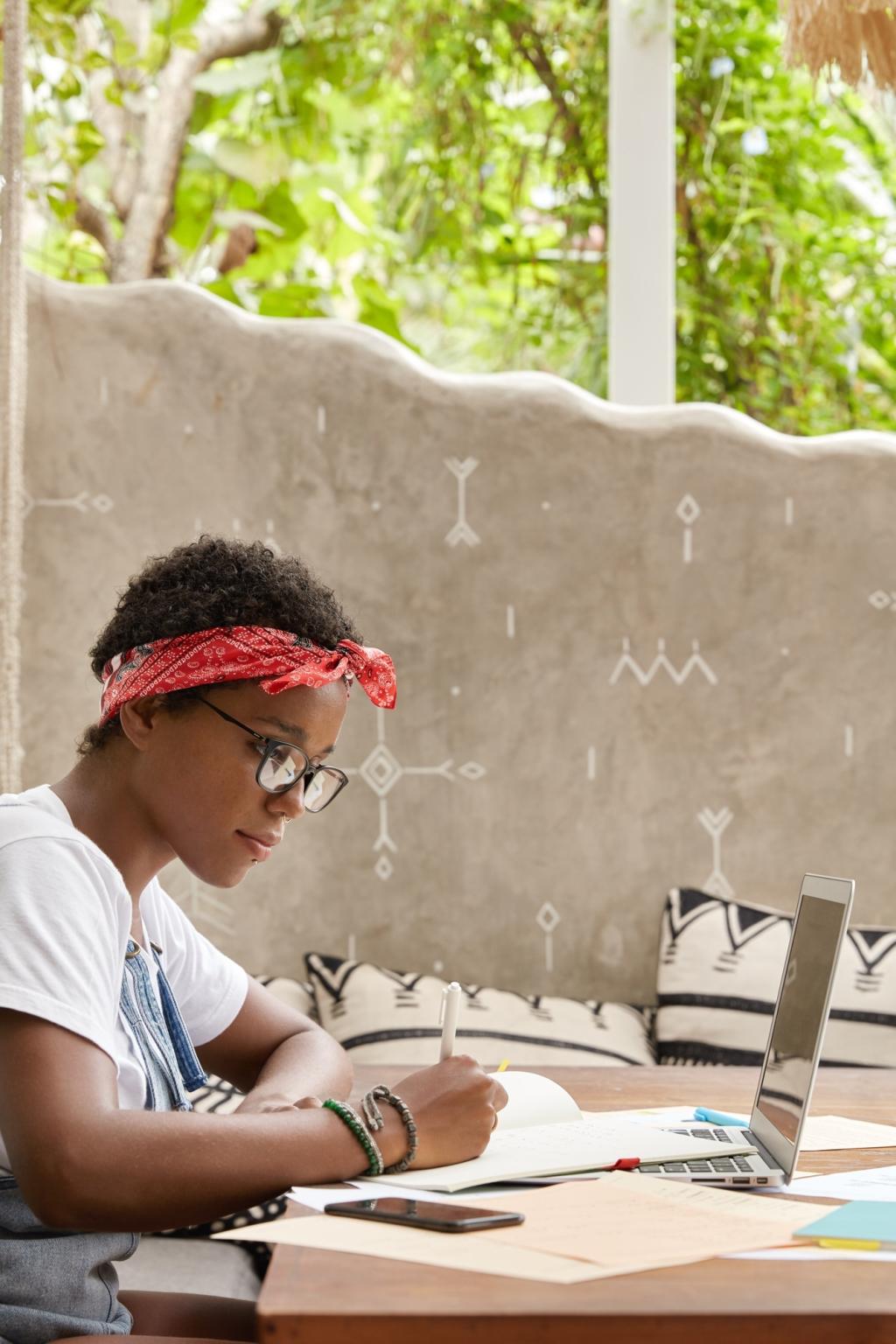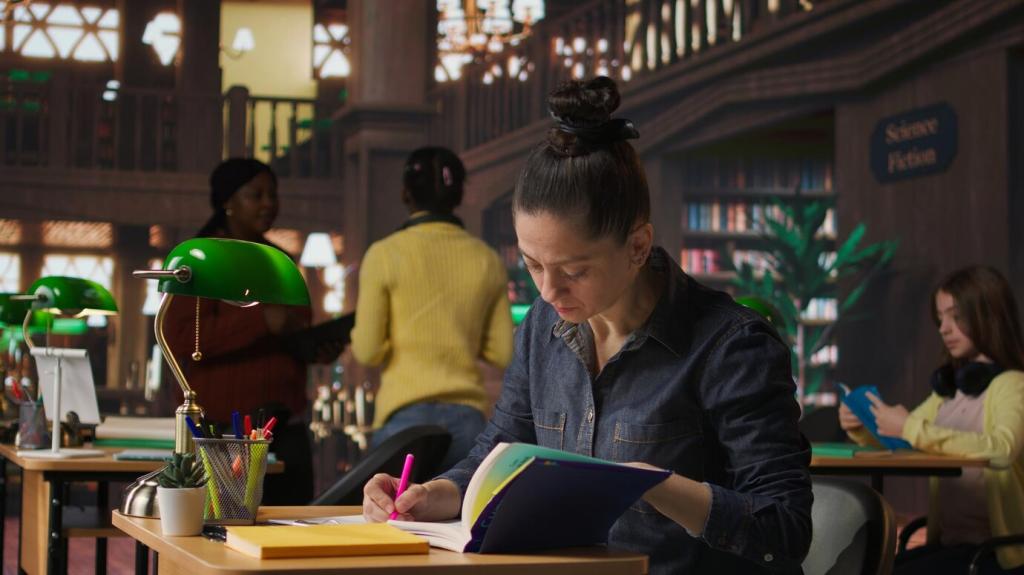
Exploring the Role of Digital Encyclopedias in Education
Chosen theme: Exploring the Role of Digital Encyclopedias in Education. Step into a classroom where curiosity never hits a dead end—where reliable, multimedia-rich knowledge is one click away, and students learn to question, connect, and create. Join us, share your experiences, and subscribe for fresh ideas that make research feel like discovery.
From Dusty Volumes to Dynamic Portals
In one decade, classroom reference shelves shrank while digital encyclopedias expanded across tablets and phones. Students now jump from vetted summaries to primary sources, building meaningful context instead of memorizing isolated facts.


Learning Gains: Why Digital Encyclopedias Matter
Readable overviews, bolded key terms, and linked glossaries help hesitant readers take the first step. As comprehension grows, embedded citations and related topics nudge them toward more complex texts and independent questioning.
Learning Gains: Why Digital Encyclopedias Matter
Multiple reading levels, audio read-alouds, and visual summaries mean every learner can enter the same conversation. Teachers can assign varied articles on one concept, then unite the group for shared analysis and debate.


Credibility, Verification, and Digital Literacy
Show students author attributions, revision dates, and citation lists. Discuss peer review and editorial guidelines so they appreciate why a concise, well-sourced encyclopedia article can anchor reliable research questions and next steps.
Credibility, Verification, and Digital Literacy
Practice verification: read the encyclopedia entry, check two cited sources, then compare a news report. Students learn to reconcile differences, note bias, and document evolving understanding with transparent, respectful annotations.
Accessibility and Inclusion Without Compromise
Adjustable reading levels, dyslexia-friendly fonts, keyboard navigation, captions, transcripts, and contrast controls ensure more students can engage deeply with complex ideas rather than battle preventable interface frustrations.
Classroom Integration that Sparks Inquiry
Five-Minute Inquiry Warm-Ups
Start class with one concise article section and a single prompt: What surprised you, and what do you need to know next? Collect questions, group themes, and chart investigation paths together.
Flipped Research Moments
Assign an entry as pre-reading, then use class time for modeling note-taking and citation. Students arrive primed with context, ready to analyze, compare, and synthesize rather than gather basic facts.
Partnering with Librarians
Co-design mini-lessons where librarians demonstrate advanced search filters, topic overview pages, and citation exports. Invite readers to comment with collaboration wins, and subscribe for co-teaching templates that save planning time.
Hyperlinks and Semantic Trails
Encourage students to follow a three-link rule: overview, related concept, primary source. They map the path, explain the connections, and reflect on how each hop sharpened or shifted their understanding.
Multimedia Layers that Matter
Short videos, diagrams, and interactive timelines reduce cognitive load while deepening insight. Ask students to choose one media element and justify how it clarified a tricky idea better than text alone.
Personalization, Notes, and Retrieval
Built-in highlighting, tags, and spaced-review reminders help learners return to key ideas. Have them export notes into a research log, documenting questions, claims, evidence, and citations for authentic scholarly practice.

Use entry summaries, concept maps, and exit tickets to capture learning in small, consistent doses. Over time, these artifacts reveal conceptual development, misconceptions, and next instructional steps.

Reading time, topic coverage, and note frequency can guide instruction. Pair numbers with student reflections so data informs support, not labels. Invite readers to comment on metrics that matter most.

Jamal, a ninth grader, moved from skimming to citing confidently after weekly encyclopedia workshops. Share your classroom stories below, and subscribe to join a growing network exchanging practical wins and resources.
